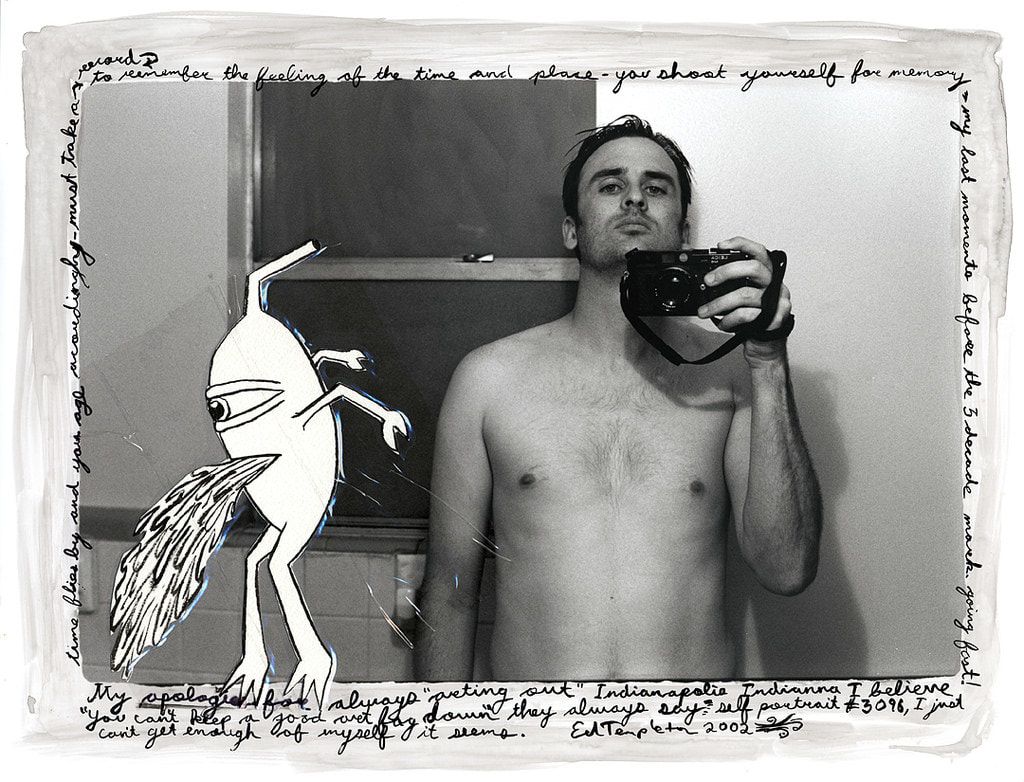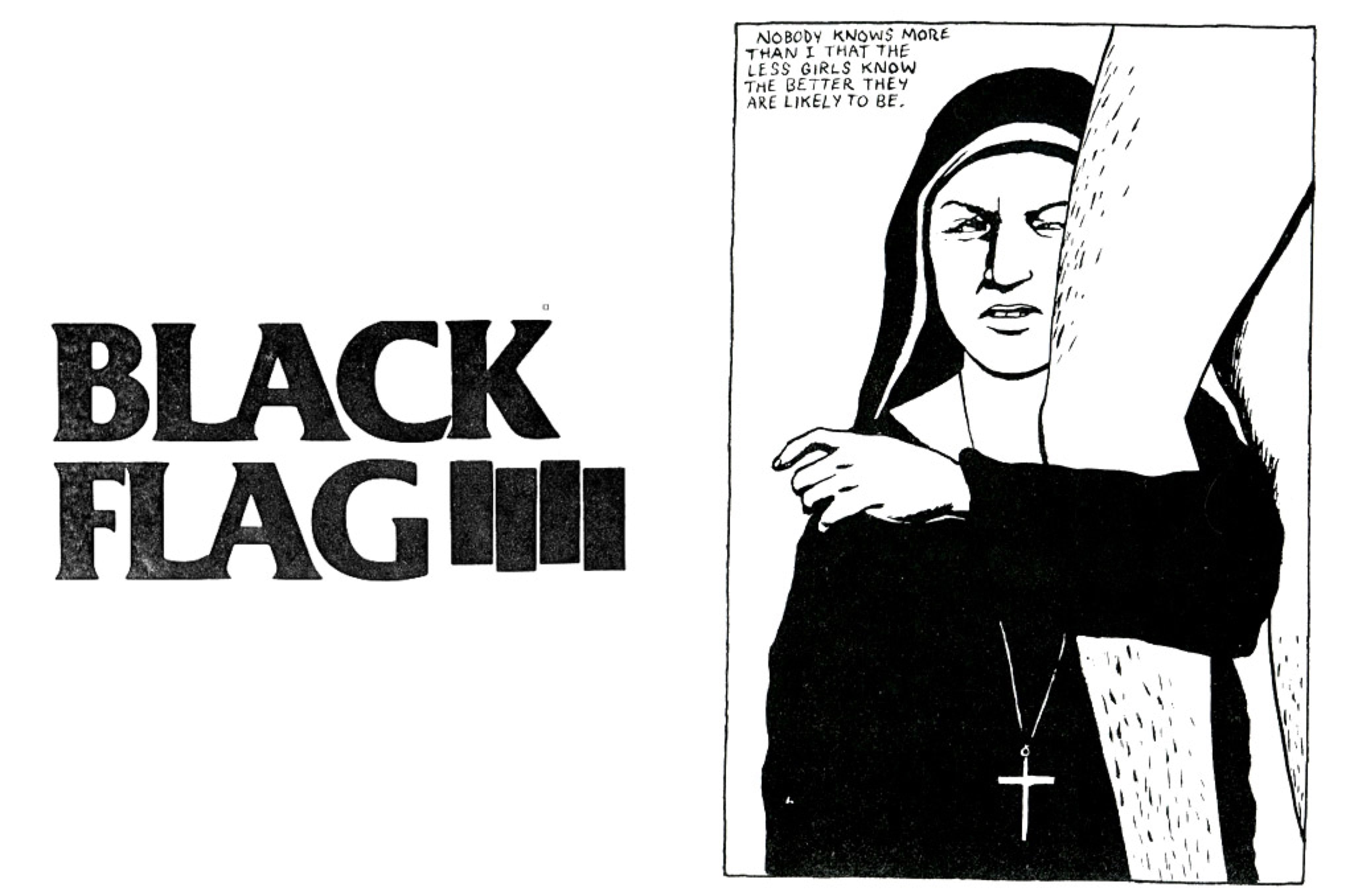From NOAM CHOMSKY to ICE-T: GLEN E. FRIEDMAN’s Book “My Rules” is a Survey in Being Hardcore
Glen E. Friedman’s legendary photo book Fuck You Heroes is twenty years old this month, sold out and on the privy bookshelves of skaters, punks, hip-hoppers and aficionados of rebellion around the world. A selection of photographs from the anthology have also traveled the world under the exhibition title Fuck You All, which in 1996 was actually an abrasive if not distancing gesture for an exhibition title.
At that time, publishers turned down Friedman’s efforts to publish a book of his work, so he ended up following a piece advice from Def Jam co-founder Rick Rubin to work with Black Flag front man Henry Rollin’s publishing house and co-produce his first monograph. In the preface for Fuck You Heroes, Friedman penned, “Most of the publishers I have encountered, no matter how cool they think they are, just don’t know what the fuck is really going on in our world. Even some of the more ‘open-minded’ art book publishers are mainly interested in putting out their pre-(ill)-conceived notion of ‘fine-art.’ Some of them worried that my book was too far outside the mainstream to be profitable, or not of great enough importance to risk any kind of financial loss.”
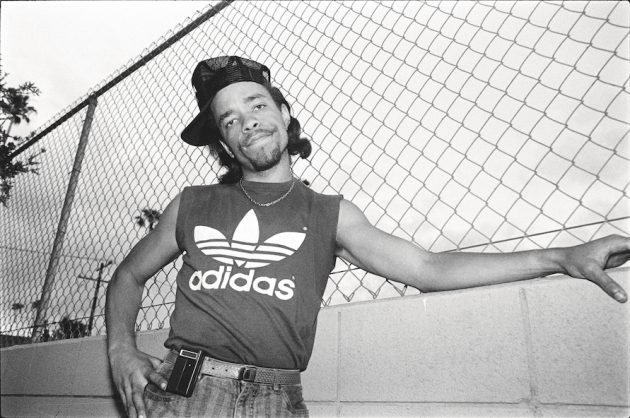
Today, Friedman is still defiantly transmitting the aftershocks of the counter-cultures he was at the epicenter of with his seventh book, a seven-pound, 324-page reference to his first photozine, My Rules. After decades of self-publishing his work, Friedman is working together with Rizzoli to release this new collection of photographs, which Friedman asserts is “the best of” his first two books, Fuck You Heroes and Fuck You Too; a third of the pages hold never before seen photographs and larger, truer presentations of these now iconic images.
Friedman’s role in the visual and sonic diaspora of skateboarding and hardcore (punk or rap) is nothing other than undeniable. His images went viral before there was a “Share” or “Like” button. Images of a horizontal Jay Adams in a drained, pale blue swimming pool, or the sweaty members of Black Flag or Minor Threat in the grips of a live performance have resonated around the world. While Friedman has commented that his images of these artists were not the only ones from the era, it’s understood why Friedman’s have endured and become iconic. Maybe some people are just better storytellers than others.
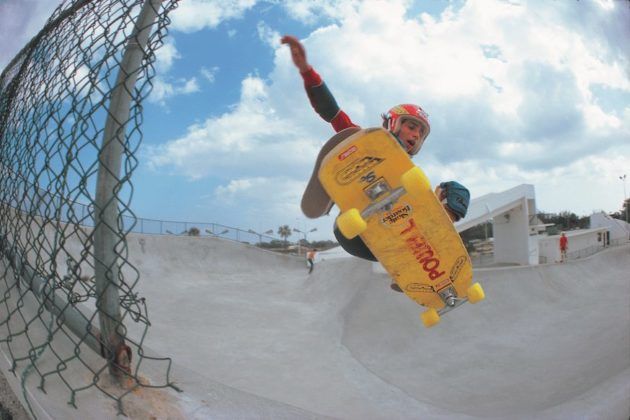
Never taking his place in the eye of the storm for granted, Friedman tirelessly worked to make his photographic moments happen by earning the trust, camaraderie, and respect of his subjects like the heavily-local DogTown crew (who kept their pool locations unwaveringly low-key). Yet, the photographer still found time to shoot a countless and sonically diverse list of musicians—from Minor Threat to Public Enemy.
Not only a document to these future-making times, Friedman’s photographs have also conveyed an iconography of the attitude from which so much is derivative: the grimaces and stares, shouts and bulging throats, ripped jeans and shredded skate shoes, gold chains and rings, Adidas Toe Shells without the laces. In doing so Friedman’s images have become a source of raw material, contributing to and fostering the visual narrative of skateboarding, punk, and hip hop from which millions participate and have derived a personal and cultural identity. In this latest book Friedman rhetorically questions, “Did any of us think then these cultures would become the standard-bearers?”
Today, the still-invigorated 52 year-old is reemphasizing the importance of his subjects’ efforts with the inclusion of essays from the subjects themselves, calling upon them to not only discuss their era but also how they reached the point where they were working together. A short list of text contributions includes the recently departed Jay Adams, LL Cool J, Ice-T, Rick Rubin, Chuck D, Tony Alva, Ian Mackaye, Lance Mountain, Shepard Fairey (who also designed the book) and long-time collaborator, Craig R. Stecyk III.
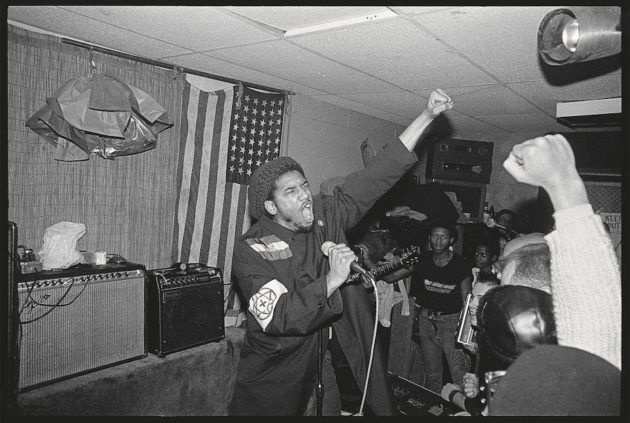
In hardcore, there is no ambiguity. There are no allusions. Everything is up front, laid bare in front of you. It’s the full commitment to an ideal. It’s putting something on the line, and sometimes that “something” is yourself. If you make a mistake, you know you’re going to pay for it in flesh. Hardcore is confrontation over escapism and ideals over ideas. It’s also not giving up on what you believe in, and for Friedman, that includes yourself. Not being broken down. It’s this essence of “hardcore” that allows Friedman’s subjects to speak through his photographs to this day. Whether the photographer mirrors the subjects or vice versa remains a ripe topic for discussion.
Friedman is dedicated to his subjects. In a recent interview he told me, “I’m not here today gone tomorrow. I’m here. I’ve been doing this for a long time.” We also know Friedman considers his subjects “heroes” because they shouted, “Fuck You” to established modes of oppression and what they perceived were mundane and detrimental cultural and economic norms. These “Fuck You Heroes” are not nihilists, rather they believe in a better world, perhaps more than you do. That’s what they are fighting for and this is how they have chosen to express themselves. While Friedman has idealized these moments in his photography, it is from this stance that he asks, “What the fuck have you done?”
